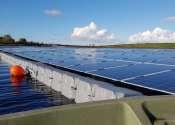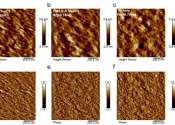The audacious plan to seed a global green hub in Namibia's desert
Early in May, King Philippe of Belgium was on the edge of the Namib desert to inaugurate a project that aims to help decarbonize European industry, and which might just enable one of Africa's smallest economies to hit the ...
Jun 11, 2024
0
27









